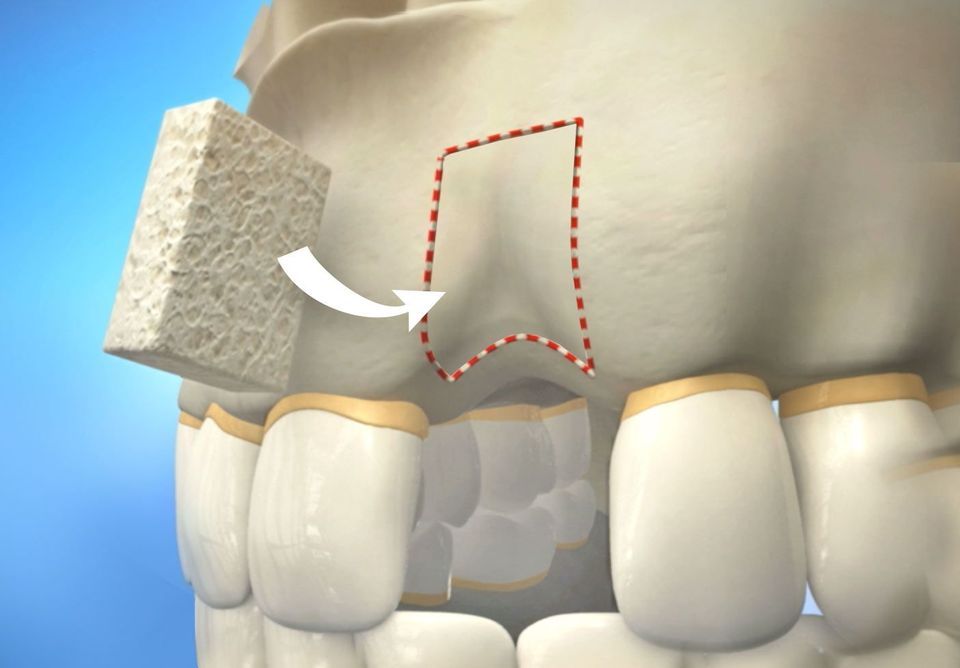Implant-Supported Dentures

How Do Bone Grafts Work?
Bone grafts rebuild the jaw by replacing lost tissue and encouraging the growth of new bone tissue. During the procedure, Dr. Herrington makes small incisions in the gums. He restores the area with grafting material and anchors the new tissue with sutures. In some cases, he also uses platelet-rich growth factors or tissue-stimulating proteins to help you heal faster. In the months following the grafting procedure, the body replaces the grafted material with new tissue, creating a strong base for dental implants.
There are several kinds of bone grafts:
- Socket Graft: Also called alveolar ridge preservation grafts, this type of graft prevents tissue loss in the time between a tooth extraction and implant placement surgery.
- Block Bone Graft: For patients with extensive jaw atrophy, a block bone graft uses tissue from the chin or back of the jaw to restore large areas of recession.
- Sinus Lift: In some cases, the sinus cavity lies too close to the treatment area. A subantral graft, or sinus lift, raises the sinus membrane and adds bone tissue to create a secure base for implants.
Depending on the type of graft you need, Dr. Herrington may be able to perform a bone graft and place your implants in the same procedure. If you do not qualify for immediate implant placement, you will have to wait about four to six months for the graft to become integrated.
A dental bone graft can restore your appearance and your candidacy for dental implants.
Benefits of a Bone Graft
Implants require a certain amount of bone tissue for support. If you have delayed seeking treatment for missing teeth, you have likely experienced some degree of bone atrophy. A bone graft can make the many extraordinary benefits of dental implants accessible to you. Implants are the only treatment that can stop bone atrophy after tooth loss. They also keep restorations such as dentures firmly in place so that you can enjoy all the foods you love and speak with absolute confidence.
Meanwhile, it is important to note that if jaw recession is making your features look sunken and aged, a bone graft can restore your features for a rejuvenating effect.
Take the First Step Today
Bone recession in the jaw is a progressive condition that will only become worse if left untreated. A dental bone graft can restore your jaw and your candidacy for dental implants. Learn more about how you can benefit from dental bone grafting by contacting our office online or calling (601) 482-6938 today.